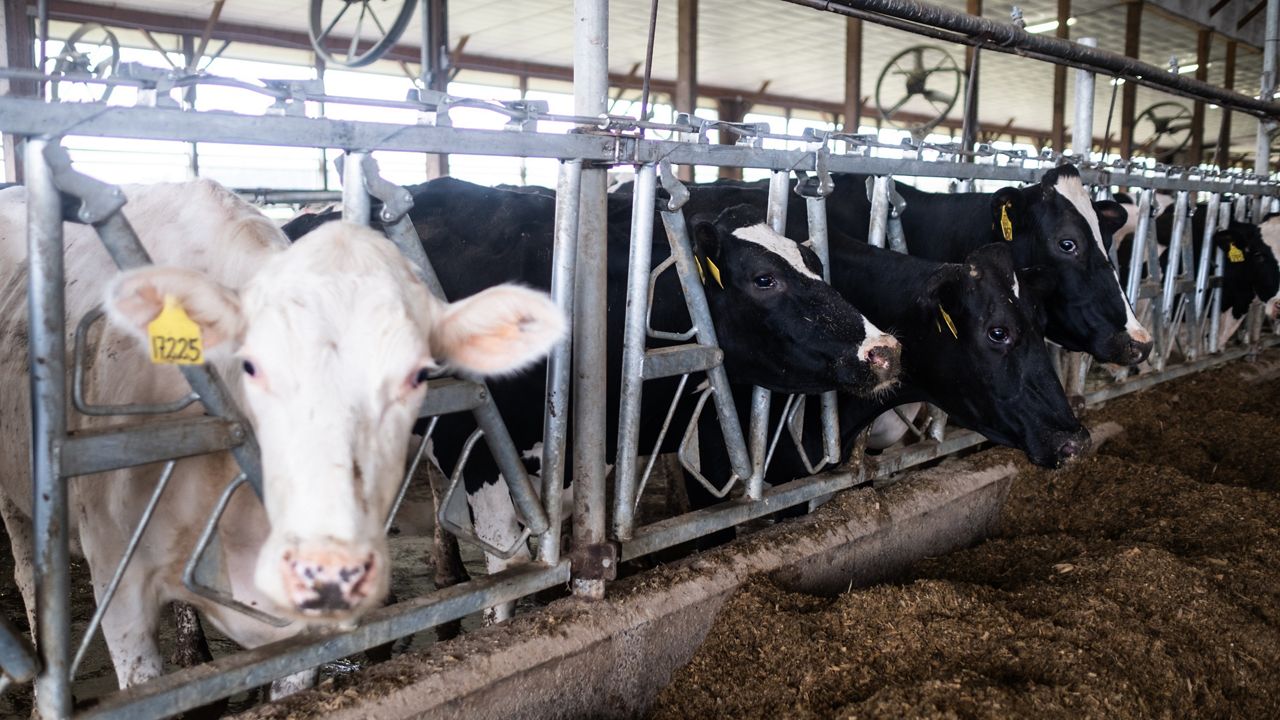Brown cows don’t produce chocolate milk — and evidently not even after feeding them pure chocolate. But giving them sweets does increase their energy supply and milk production, Central New York farmers said.
Two dairies have been reducing human food waste that would typically go to landfills by feeding it to their cows. The waste they are feeding includes chocolate, fruit, vegetables and baked goods.
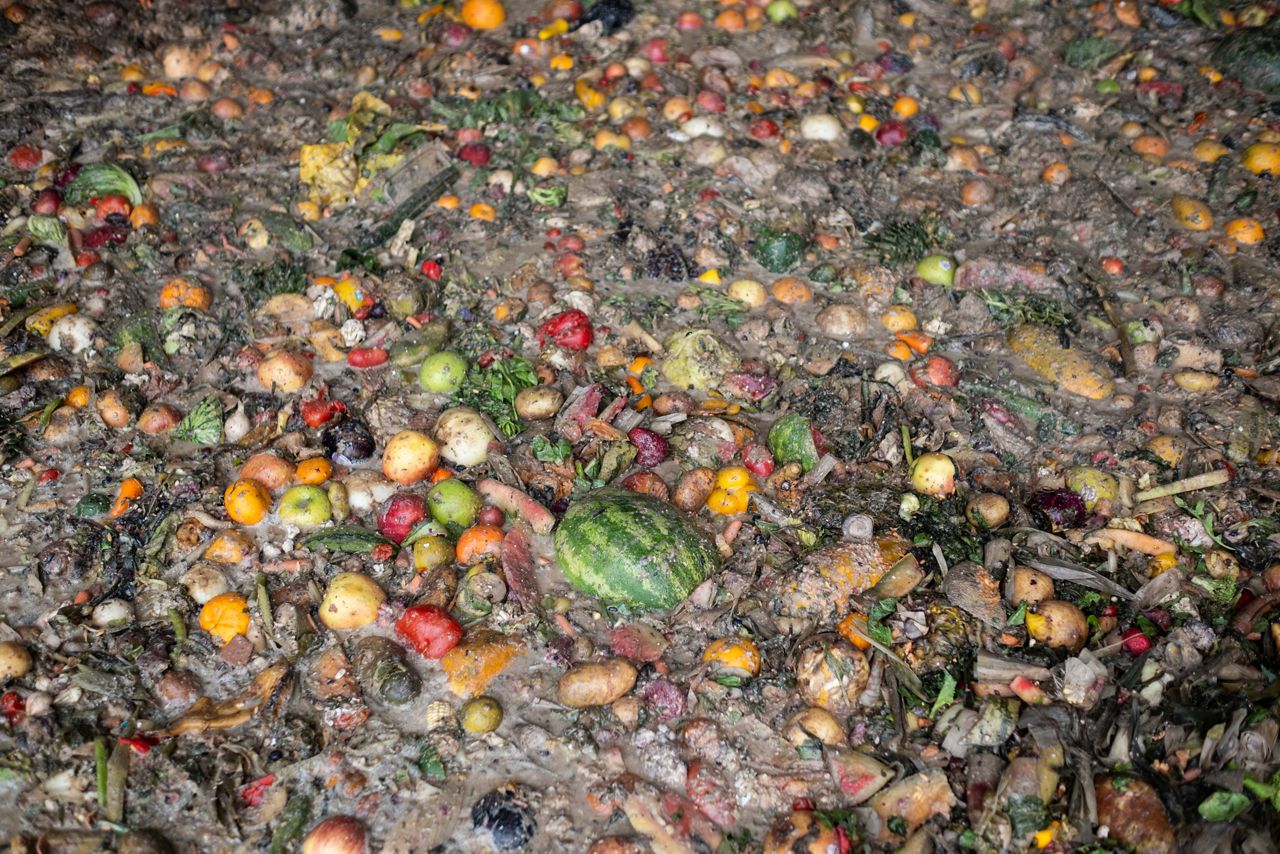
Barbland Dairy in Fabius uses approximately 3 million pounds of food waste per year, including fruits, vegetables and bakery items from a local grocery store chain, said Bret Bossard, one of the owners.
“We’ve been doing it for over 10 years now at this location, and it’s basically a cost savings for us,” said Bossard, a fourth-generation farmer. “We’re just substituting out other ingredients that we would feed in its place.”
The diet of the farm’s 1,400 dairy cows is consistent and precise, Bossard said, with 2.5% of their daily diet from the expired food items.
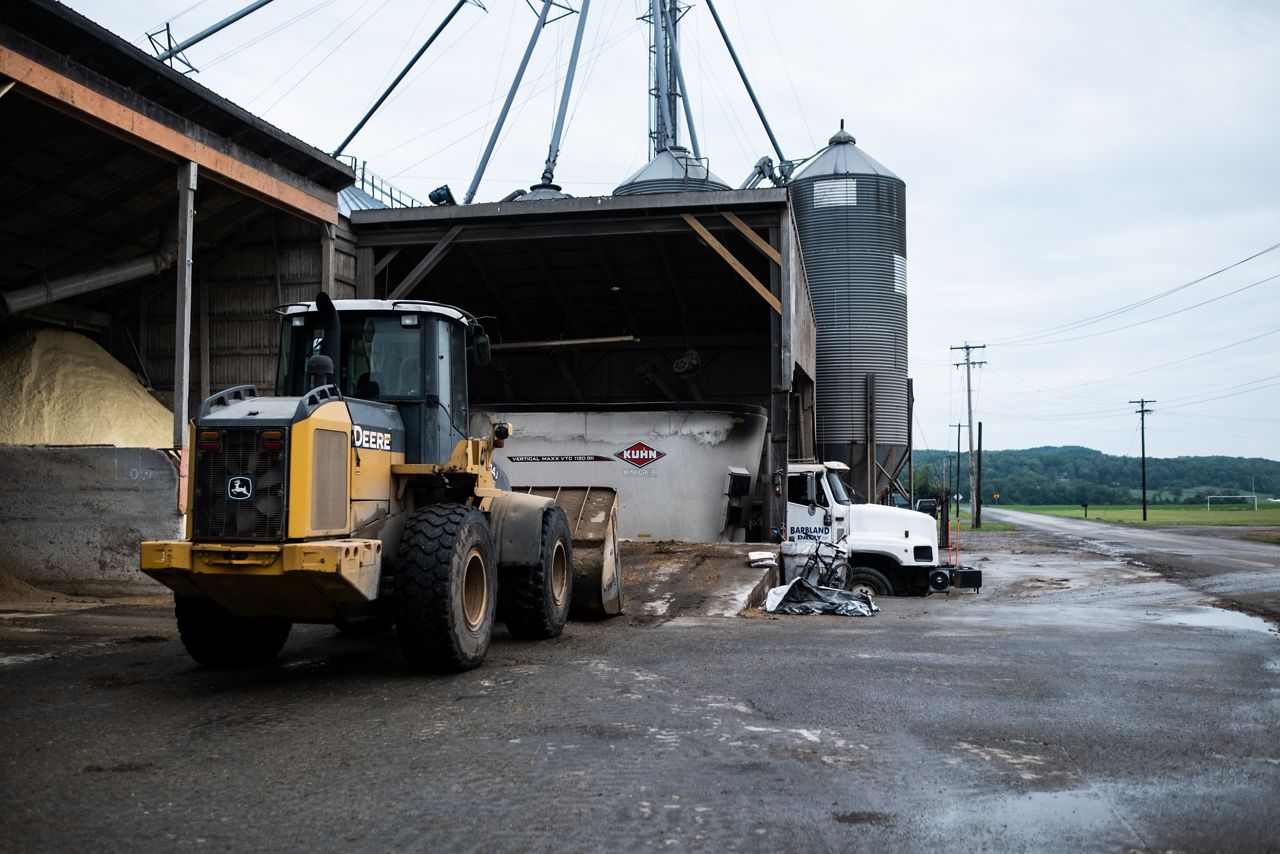
“We’re balancing what they eat based on megacalories and energy down to the grams of amino acids because what the cow eats is going to affect their milk,” he said.
Farmers get paid for the fat and protein components in their milk, not the amount of milk they sell, Bossard said. If a cow’s diet includes ingredients that improve the fat and protein ratios, the milk can be used in a wider variety of foods, making it more valuable.
“By changing the sugar and protein ratios, and the different levels of micronutrients, we are able to fine tune that ration to help the cow,” Bossard said. “The higher the components in that milk, it tends to be a healthier cow, too.”
The food waste is mixed into the food, but cows chomp on larger pieces of apples, watermelon and even onions.
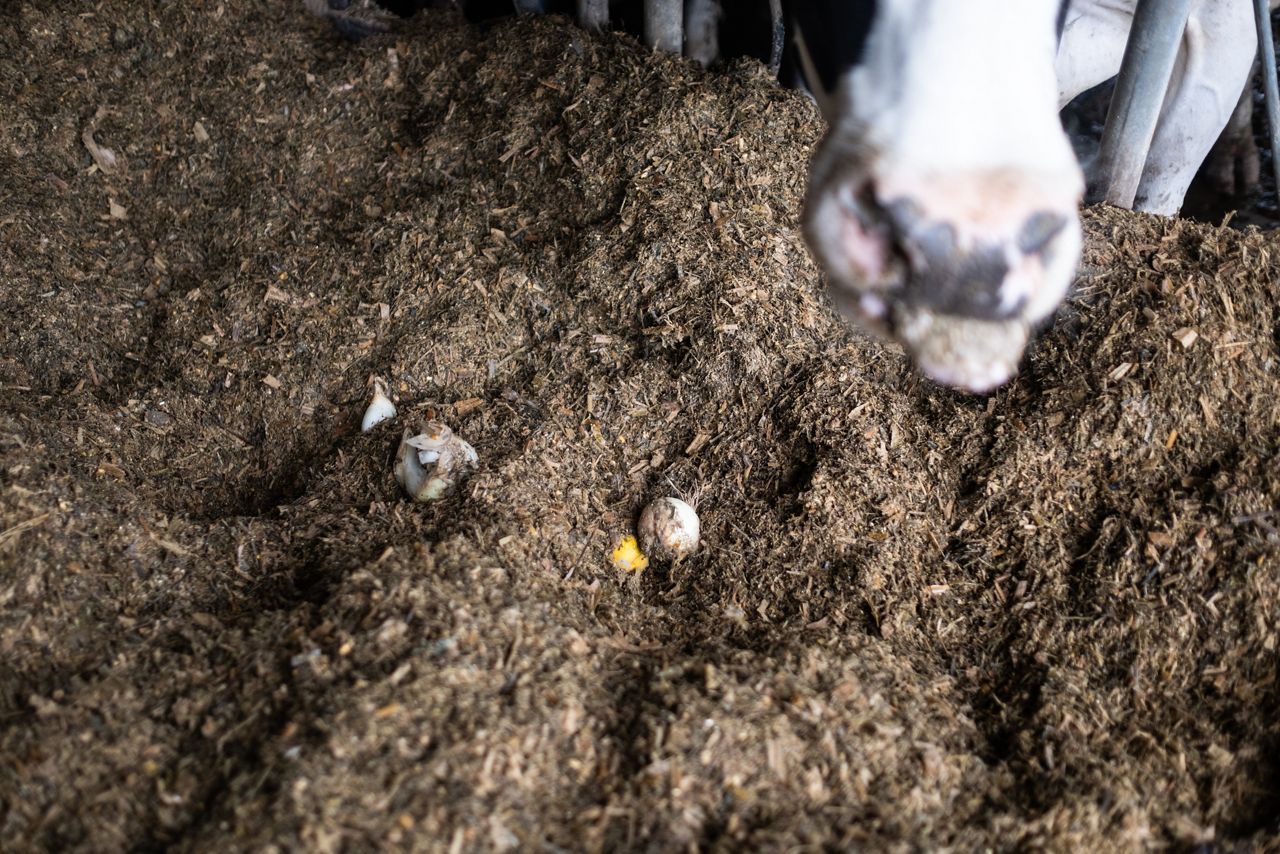
Cows are ruminant meaning they have four stomachs, Bossard said.
“That’s why they can consume grass and fibrous things that humans can’t because they’re chewing it, then actually regurgitate it and redo it again so the enzymes in their saliva break that down,” he said.
Richard Hourigan, an owner at Hourigan Family Dairy in Syracuse, said they have been feeding their cows chocolate purchased through their feed supplier from the Hershey factory in Pennsylvania for almost 20 years.
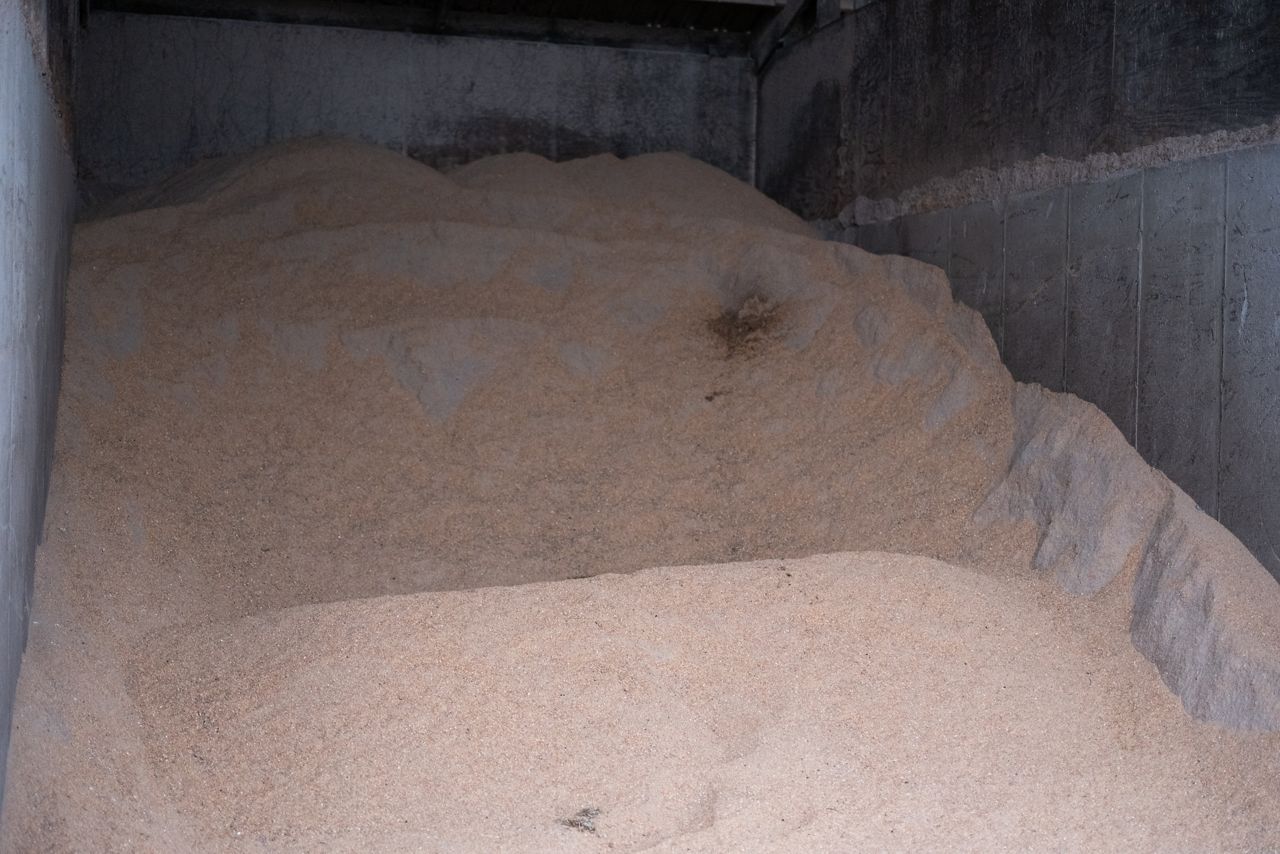
“It’s a great source of energy for the cow, and it replaced some other ingredients they might have had otherwise,” Hourigan said.
Hourigan estimates that they save 10 cents per cow daily by feeding chocolate.
The main staples of the cows on Hourigan’s farm include alfalfa, corn silage, corn meal, cottonseed, and protein mix. The cows whose ration includes the chocolate get about a pound and a half of chocolate a day -- equivalent to approximately 15 average-sized chocolate bars.
“We’re feeding about 2,000 pounds a day,” Hourigan said.
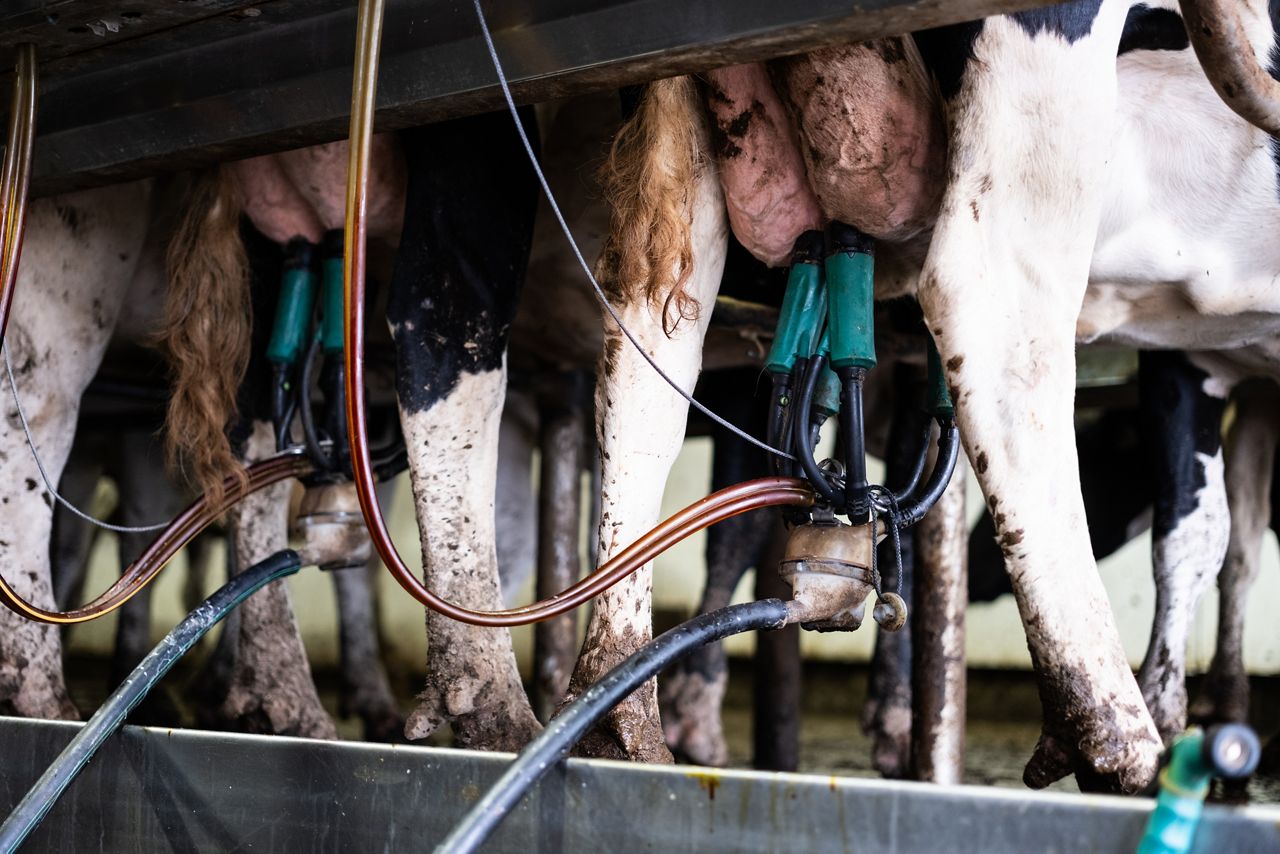
Hourigan Family Dairy milks 3,000 cows a day, he said. Their farm milks three times per day so those cows need more protein and energy to get through the process, but other farms may have different needs.
“What they’re consuming is made specifically for this farm and these conditions,” Hourigan said.
Kienan Gridley, a dairy nutrition specialist at Rapp Dairy Nutrition in Fabius, said that these foods are great in moderation.
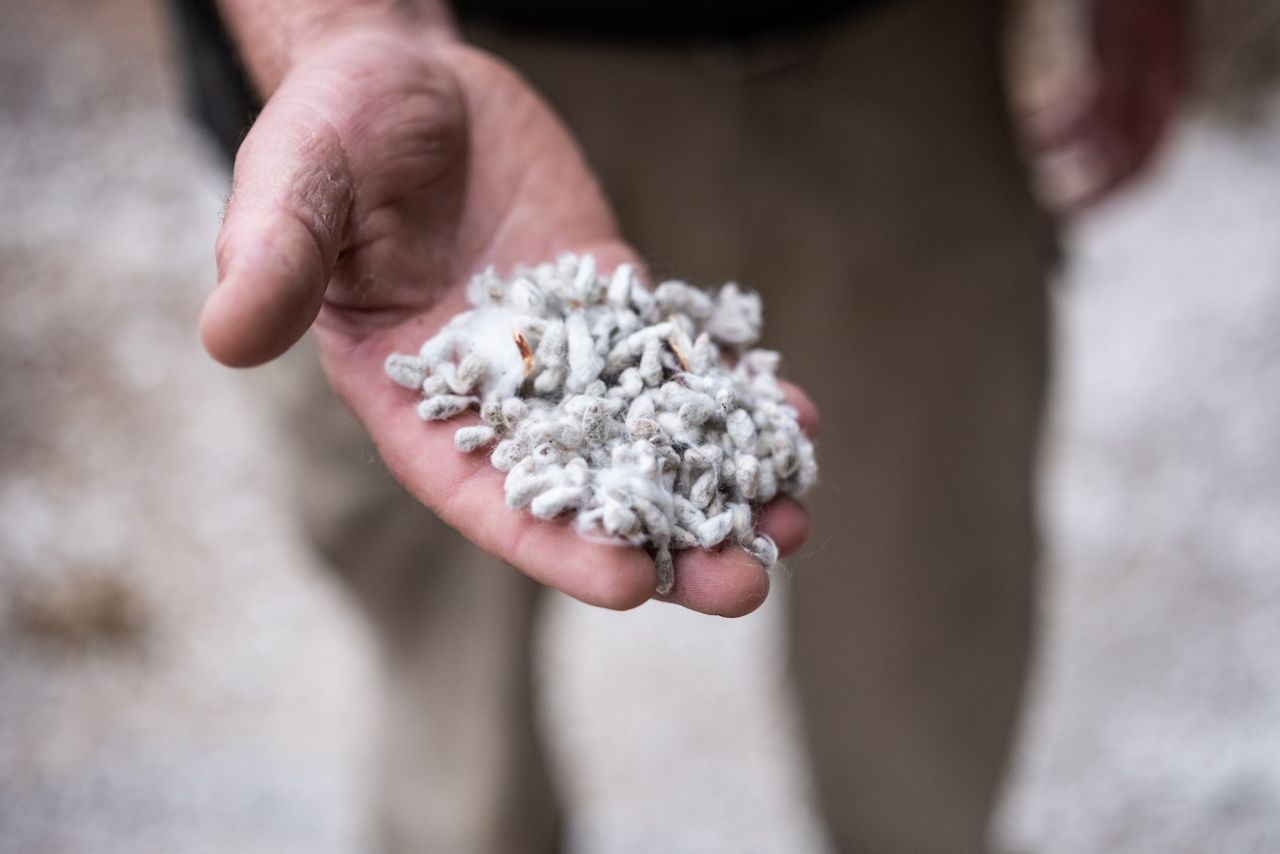
“Feeding sugar as an energy source can actually help improve milk components,” Gridley said. “Sugars are difficult to come by and it’s usually pretty expensive, so anything in moderation, just like with people, the sugars, fats and candy byproducts are pretty valuable.”
Gridley says this method diverts food that can’t be consumed by humans away from the landfill.
“A lot of time these byproducts from the human food chain simply don’t have a place to go so instead of taking these spent products and putting them in a landfill, by feeding them to cattle, we’re recycling or upcycling them and turning them back into a valuable food that can’t be consumed by people,” Gridley said.



